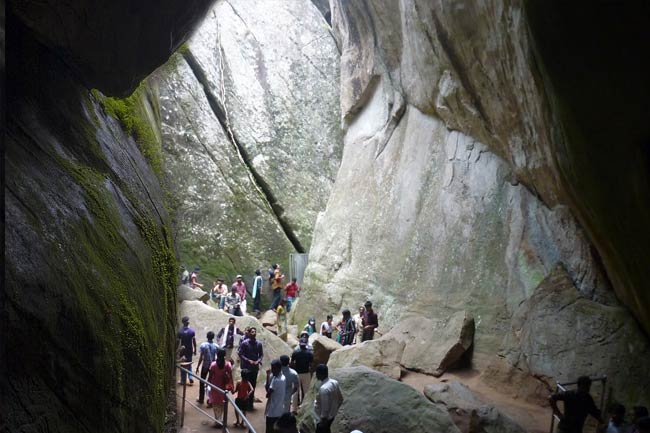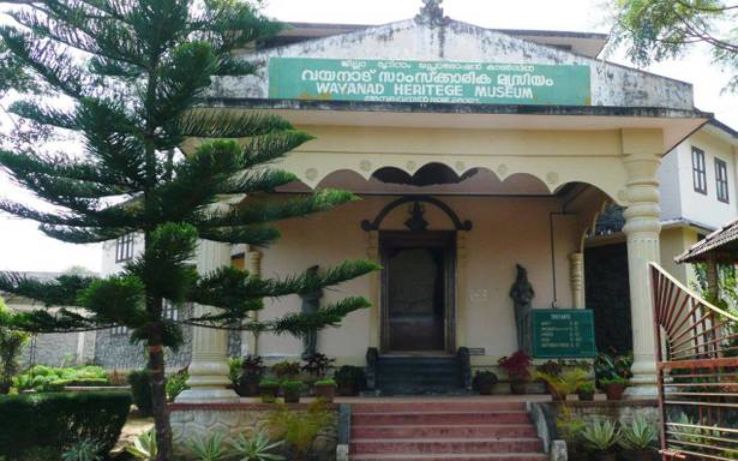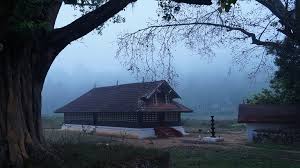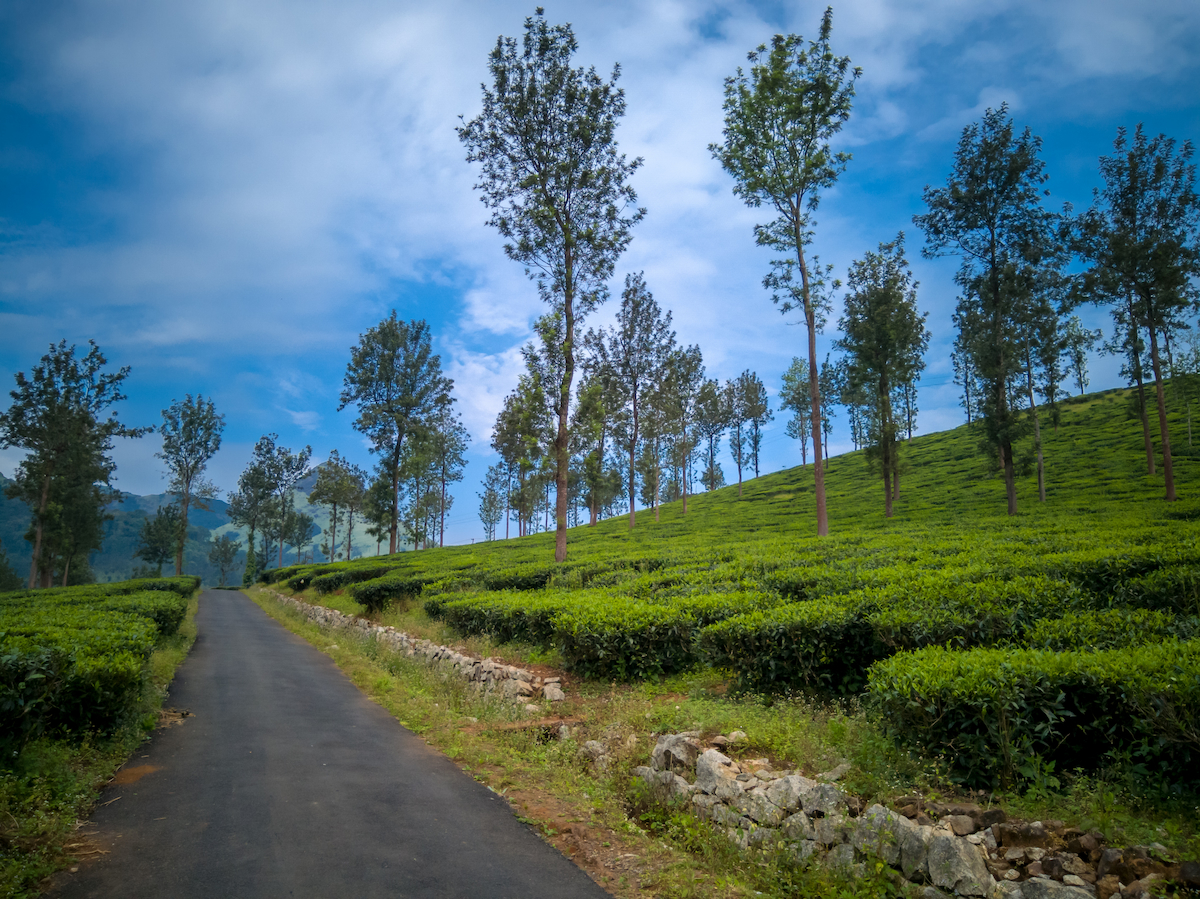The Best Spots in Wayanad for Arts and Crafts
Wayanad over the years has been influenced by different cultures which have only contributed to the rich heritage of the region. The region has been influenced by historical figures like Tipu Sultan and Pazzhassi Raja and later by the British. The history of the region can, of course, be traced to a period much far back in history. In fact, evidence of a prehistoric civilization has been found in the region.
With this background, it is but natural that the Wayanad region is rich in spots which are living museums of the best in arts and crafts. Also, the existence of a large number of indigenous tribes like Paniyar, Kattunaikar, Adiyar, etc., ensure the existence of a rich and esoteric heritage and culture. If you are a pottery lover, a trip to Wayanad for pottery-making will fuel your wanderlust. If you want to immerse yourself in the rich and varied arts, crafts, and culture of Wayanad, here are the spots where you can do so.
Edakkal Caves

A living testimony to the skills of the stone age man are the Edakkal Caves situated on a hill known as Ambukutty Mala. Pictorial writings that are estimated to date back to 6,000 BCE to the Neolithic man grace the caves. The caves are full of stone carvings from different periods of time and the latest are traced back to 1,000 BCE. A connection between these and the Indus Valley Civilization is being explored. The cave is full of figures of tools, animals, geometrical shapes, and human figures. When you are in Wayanad it is a must to visit the Edakkal caves and take a step back in time and be fascinated by the working of Man, more than 6,000 years ago.
Wayanad Heritage Museum

Not very far from the Edakkal caves in the town of Ambalavayal is situated a small but neat and well-maintained museum. This is the Wayanad Heritage Museum which is sometimes also referred to as the Ambalavayal Heritage Museum. The Museum showcases the best of the tribal artifacts and relics from the region. The exhibits range from the Neolithic Period to the 17th century. The museum is divided into four sections named Veerasmruthi, Gothrasmruthi, Devasmruthi, and Jeevanasmruthi.
Veerasmruthi, as the name denotes, has pictorial rock edicts known as Hero stones which have stories of the exploits of the warriors engraved. These Hero stones used to be installed at the tombs of the warriors.
Gothrasmruthi and Jeevanasmruthi showcase artifacts of tribals like jewellery, weapons, tools, and musical instruments.
Devasmruthi houses terracotta and rock figures of Gods and Goddesses ranging from the stone age to the 17th century.
The Wayanad Heritage Museum is a must visit when you are in the region to get a taste of the rich heritage and culture of the region.
Valliyoorkkavu

This temple dedicated to Goddess Durga comes alive in vibrant colour for 14 days every year in an annual festival. The indigenous tribes converge here to celebrate the festival. The traditional Kalamezhuthu is performed during all the nights of the festival. This involves the drawing of vivid and colourful designs using coloured powders in praise of Gods and Goddesses. These are then erased ritualistically to the accompaniment of various musical instruments. Tribal folk dances are also performed throughout the 14-day festival. A visit to the Valliyoorkkavu temple during the annual festival is a great way to get a real feel of the rich tribal arts and culture of the region. This is just one of the temples where you can start temple hopping in Wayanad.
The region of Wayanad is indeed a rich treasure trove of the heritage and culture that dates back to the stone age. The region is rich with places where the vibrancy of the arts and culture has not faded over time and are still preserved. A visit to the region is a must for connoisseurs of art and culture. The Sterling Wayanad is the perfect place to stay and explore the rich treasures of Wayanad.


